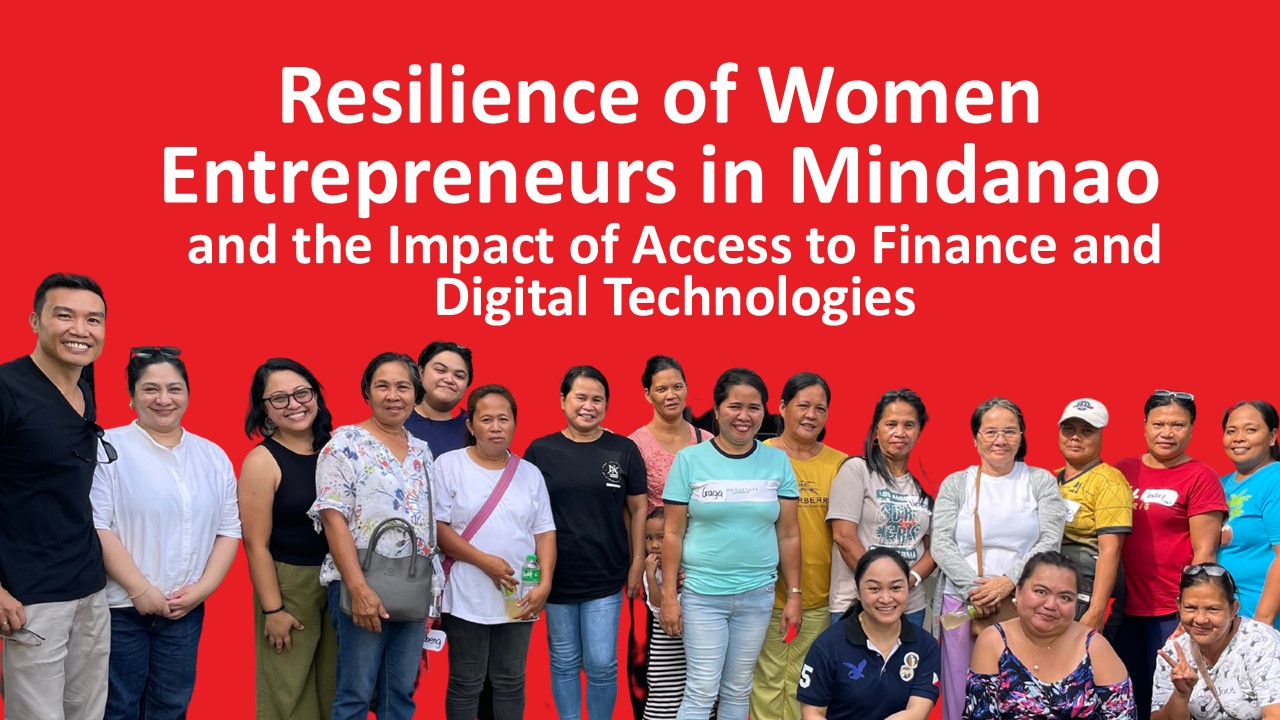Category: Digital Finance
-

Resilience of Women Entrepreneurs in Mindanao and the Impact of Access to Finance and Digital Technologies – Presentation Transcript
The following is the transcript of the paper presentation delivered by Vince Rapisura, President of the Social Enterprise Development Partnerships, Inc. (SEDPI) and Lecturer at Ateneo de Manila University, during the forum “Women Entrepreneurship and Financial Inclusion.” The event was held at the Ateneo de Manila University on March 20, 2025, and co-organized by the…
-
Challenges of investing in Bitcoin
Bitcoin is a digital currency that uses blockchain technology. It is located in a computer network, meaning it is only accessible through a network such as the Internet. Bitcoin is unregulated In the event of a grievance or dispute, there is no institution to turn to as the governing body of all transactions. The lack…



